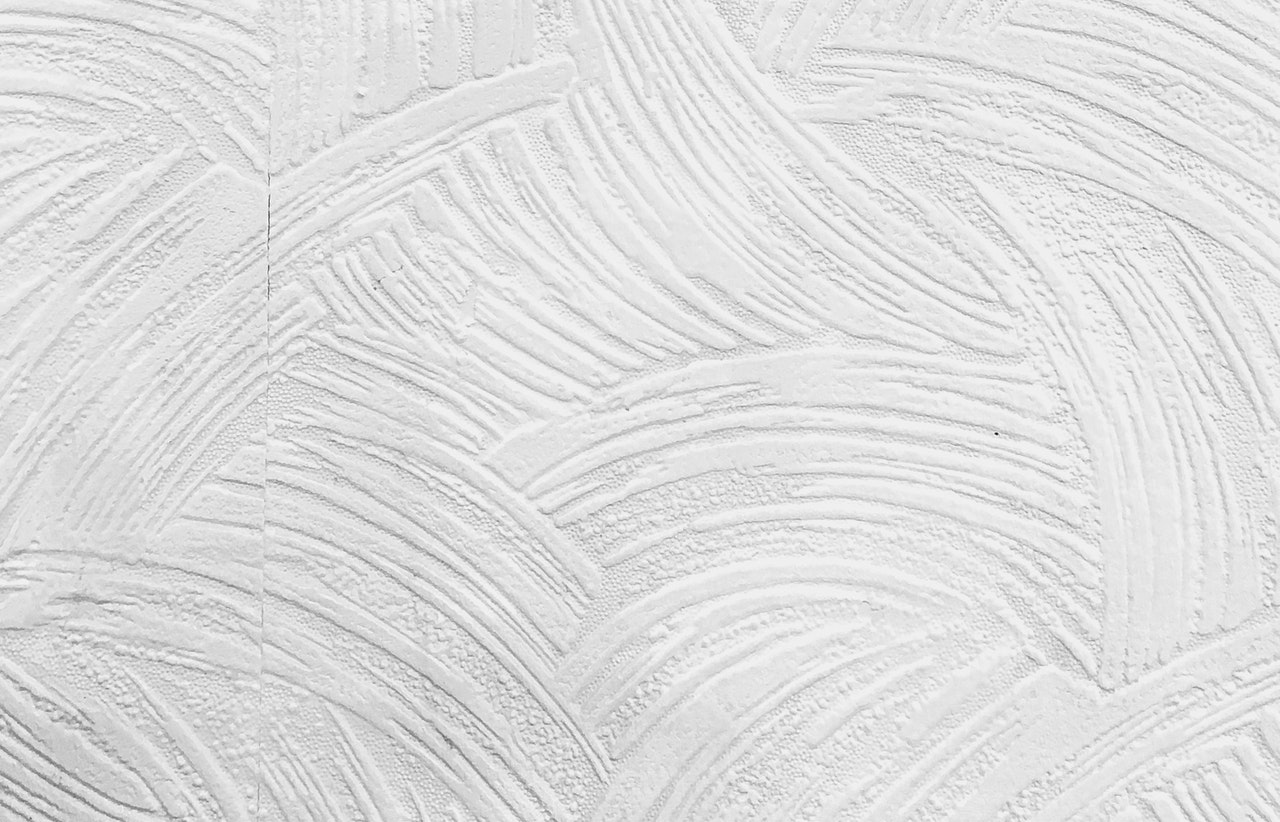Textile waste is currently becoming serious issues due to the consequences of fast fashion and throw-away culture. Australia is ranked as the world’s second-largest nation for textile consumption, with each individual purchasing average of 27 kilograms of textile-based products per annum, being twice the global consumption average. Estimated dispose of textile-related items per Australian is roughly 23 kilograms – 85% of purchased garments and household textile, with two-thirds of discarded items being made of synthetic fibres which are derived from petroleum sources. Each year, it was estimated that more than 500,000 tonnes of textile-based products with exceeding 85% of post-consumer textile products end up in a landfill. That is less than 15% is currently being recycling! This problem could greatly impact on the environment and health issues. Utilizing textile waste in concrete could create a new way of recycling textile waste, while it could enhance concrete properties. The use of waste textile could also bring benefits to the economy and construction fields towards the trend of sustainable development
Textile fibres are categorised into two groups which are man-made and synthetic fibres. Usually, synthetic fibres are more likely to be used as reinforcement for concrete due to its higher properties and durability in the alkaline environment compared to natural fibres. To recycle textile waste, there are many techniques and processes ranging from mechanical, chemical to thermal recycling methods. The mechanical process tends to be the most used method due to cost-effectiveness and ease of use.
There are many pieces of research that showed the good performance of incorporation of virgin textile fibre in concrete. However, only little studies focused on the use of recycled textile fibres in concrete. RMIT research team investigates the effect of waste recycled textile used such as fibres and reinforcements in concrete.




